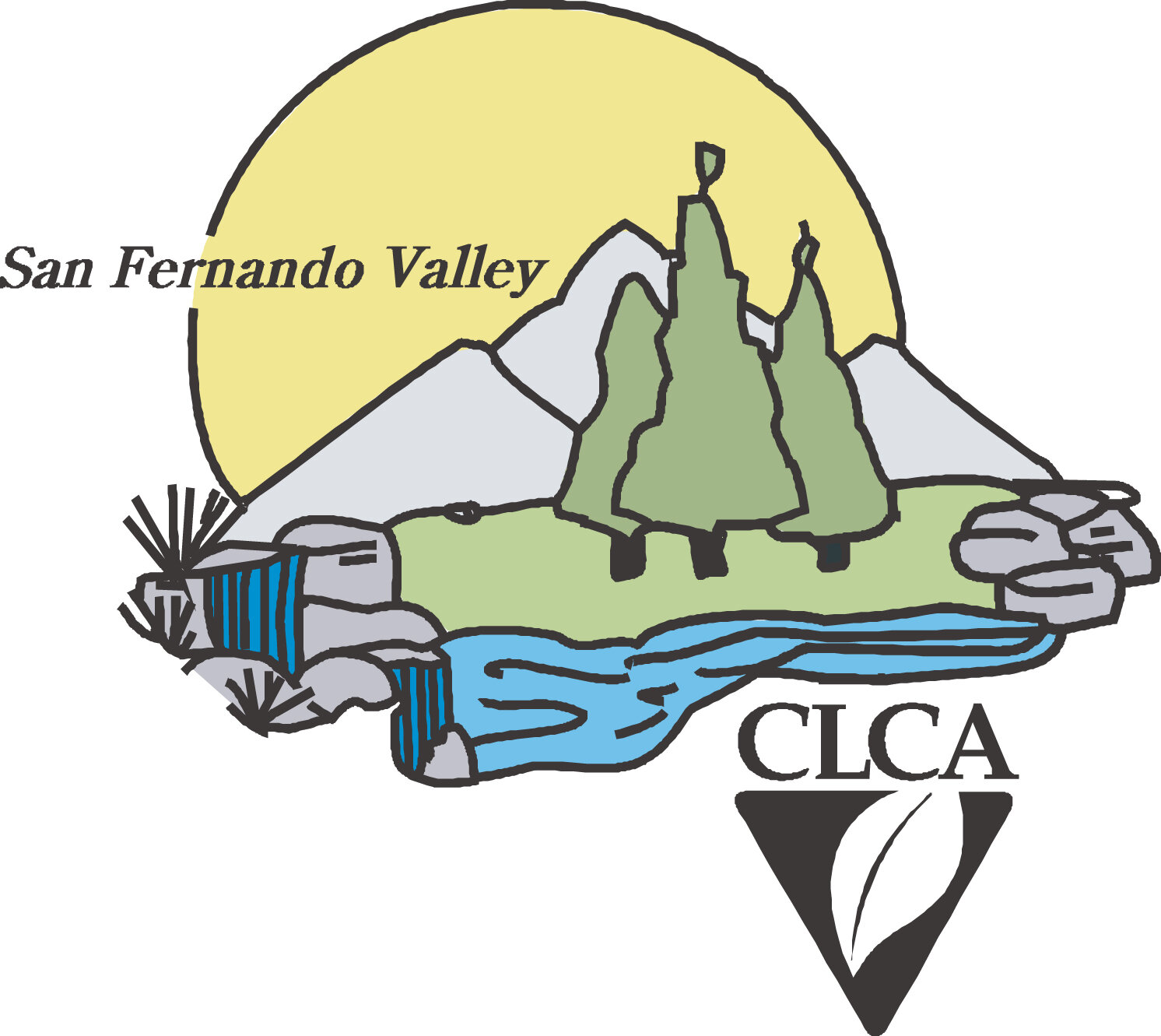Tree Removal is Serious Business
Having your trees removed is not as simple a task as one might think. Before removing trees, it is important to know whether it is your best option. There are several factors that go into determining whether tree removal is necessary or if the tree can be saved. Furthermore, Los Angeles is filled with protected trees that, if removing, require certain standards be met and permits acquired.
Is removing the tree your best option?
Trees are very robust organisms that usually require multiple stresses to bring them down. Sometimes it is hard to know when removing the tree is your best option. To help make that determination, consider these things:
• Is more than 50 percent of the tree dead or damaged where leaving it may create a safety risk for people or property?
• Is the tree trunk or large branches compromised, showing cracks, splits, dead branches, and internal decay?
• Is the tree too close to a structure and posing a hazard?
• Is your tree not growing well? Does it have an extreme lean with poor or abnormal trunk taper.
• Does the tree have fungal bodies growing along the main trunk? Is the tree hollow or rotting in more than 30% of the main trunk?
If you answered yes to any of these questions, your best option might be to remove the tree. Before you do…it’s best to get a professional consultation. Have an arborist see if they can save your trees and save you some costly removal expenses. They should also be able to tell you if it’s a protected tree. If the tree is protected, there are specific steps that need to be taken.
Who can remove your protected tree?
Did you know that La Canada Flintridge – and many more cities all over California – has implemented standards regarding who can remove protected trees? These standards require that a tree removal permit be acquired, and that the contractor:
• have a D49 Tree Service License,
• be an arborist or commercial tree service on the Official City Approved List,
• and have a city business license.
Furthermore, before the tree is removed, as a condition to granting a tree removal permit, the property owner or applicant is required to plant replacement trees on the subject property or pay a designated amount into the city’s tree replacement fund. Rules vary by city so be sure to visit your city’s official website to learn theirs.
How do you get a permit to remove a protected tree?
If you are looking to remove a protected tree, even when planted on private property, a removal permit is required. Before applying for a permit, you need to contact the bureau's service request section at (800) 996-CITY (2489) or dial 3-1-1 to obtain an eight-digit Service Request (SR) number. Be prepared to give them the property owner’s name, agent’s name (if applicable), address of the tree(s) location, mailing address with zip code, and a daytime phone number. Once you have the SR number, you will need to complete a Protected Tree Removal Permit Application. Contact the division at (213) 847-3077 to request an application be mailed or emailed to you. Your SR number must be included on the application for the bureau to process your request.
By Luis Casas, Legacy Tree Care, ISA Board Certified Master Arborist, ISA Tree Risk Assessment Qualified, TCIA Certified Treecare Safety Professional, CLCA San Fernando Chapter Past President
